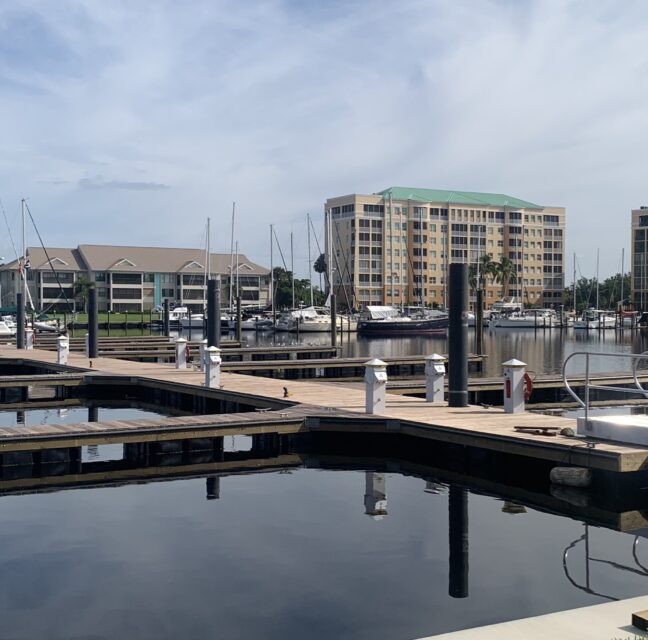When we plan a fishing trip, the first thoughts we often have are, what the weather is going to be, what fish will we go for, and what bait will we use. Missing from that cluster of important planning questions can be “Is my fishing first- aid kit packed and ready to go?” On hundreds of fishing trips, I have seen anglers get a hook embedded in their skin, cuts, fish bites, wounds from fish spines, and so on. It is not that most anglers are careless, it is just a sporting fact that accidents happen.
Anglers who are guests, or captains of their boat, usually reach for the first-aid kit they stored away some months ago, buried in a hatch. Frequently, when they reach for that first-aid kit it is damp, possibly never used in the last several years. Many of the important first aid contents are dried up, outdated, or worse – just missing. What could have been a simple first-aid fix could now become a bad situation.
When we teach our fishing course through the Burnt Store Anglers Education Programs, the instructors dedicate time to first aid on a fishing trip, especially hook removal, and problems with heat. Most importantly, we discuss carrying a first-aid kit, designed for Florida fishing. It does not have to be big, just the contents well thought out. The typical first-aid kits sold prepacked are designed for more general use. Many are never opened or inspected after purchase. The kit is placed on your boat or in your fishing bag that carries your rain gear, hat and other trip items. That is just fine if you inspect your kit at least monthly and know exactly where to find it in an emergency.
After exploring many cases to house your Florida Fishing First-Aid Kit, we recommend a small watertight case. Many anglers have selected a case called the R 20 Ruck Case by Pelican. This case measures 9 inches long by 5 inches wide by 3 inches high. The case is small enough to fit in your tackle bag but can be packed with plenty of important supplies for your fishing trip. The case is somewhat expensive but can last for many years.
Listed below are some of the suggested first aid supplies that might help in a fishing situation.
- Medi-Lyte Electrolyte Replenisher for heat fatigue. Follow directions carefully! Keep 2 or 3 packs in the kit. Each tablet contains calcium, potassium, magnesium. It is important to check with you doctor if you can take this replenisher.
- Rapid Seal Wound Gel or similar product to stop bleeding
- 2 Band Aid gauze sponges
- Several knuckle band-aids
- Several sizes of band-aids that are waterproof
- A roll of waterproof tape
- Several butterfly type band-aids
- Small scissors
- Hook remover kit (found in well stocked tackle shops).
- Good tweezers.
- Tube of Polysporin First-Aid Ointment or Vaseline.
- A roll of self-sticking gauze tape.
This is not a total list of what you can consider for your kit. Brands are usually all excellent and can be recommended by your pharmacist.
By far, the most important element is your training and certification from an American Red Cross First-Aid Course. Remember, all fishing accidents cannot be temporarily treated out of a first-aid kit. Some accidents are far more serious, and you should call 911, seeking a fully trained First-Aid Responder. Your job then becomes a communicator to your first responder. If you fish alone, we have seen a rubber bracelet custom made by ROADID (roadid.com) that can contain your name, emergency contact(s), any medical conditions, and medications you are taking. This bracelet is an excellent addition to your safety. I have been wearing one for the last 10 years. It offers me a little more peace of mind when I am engaged in my favorite sport.





